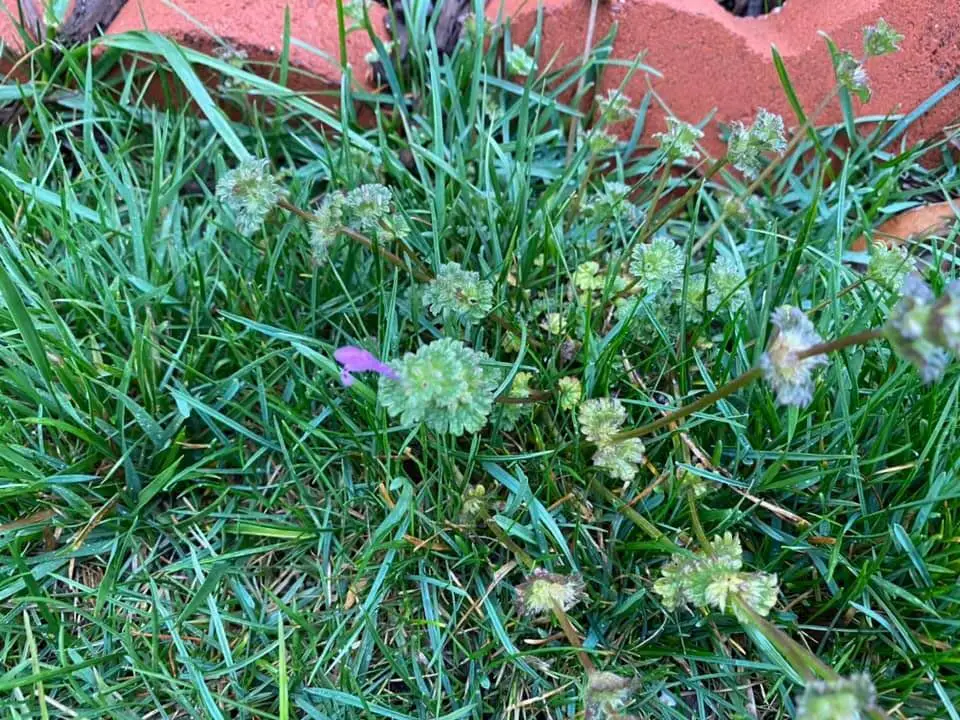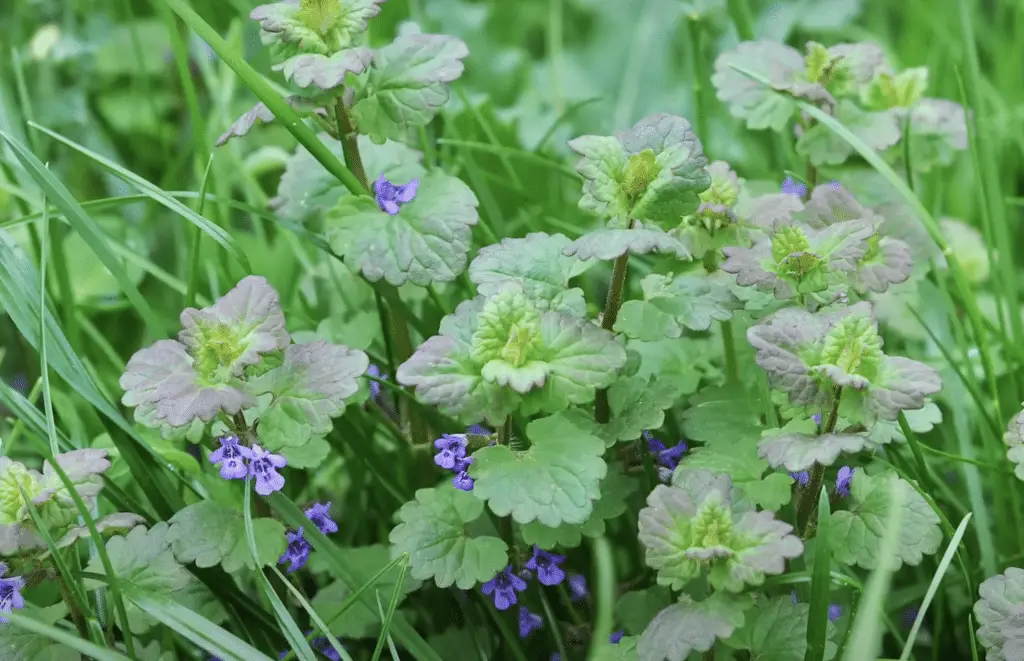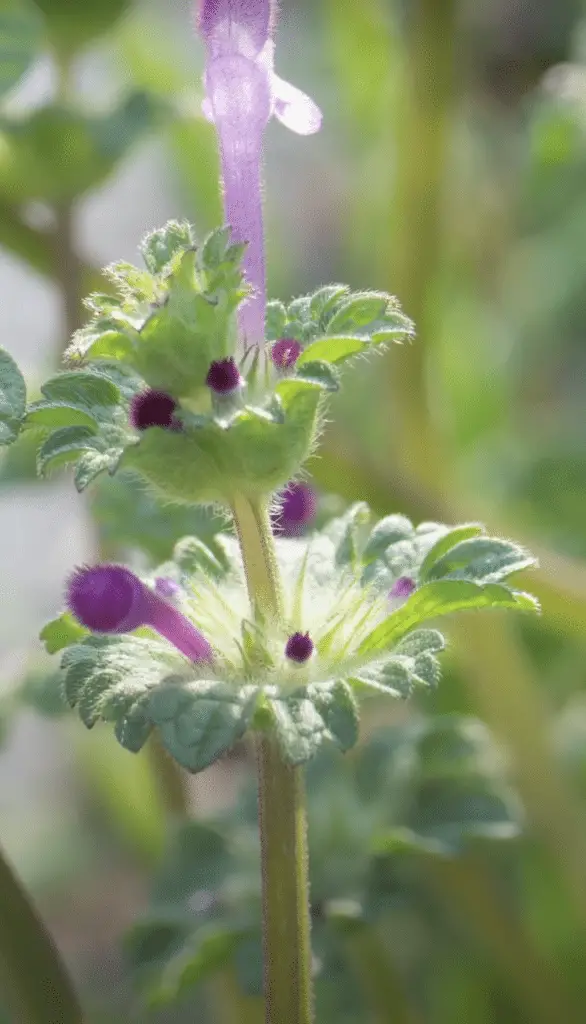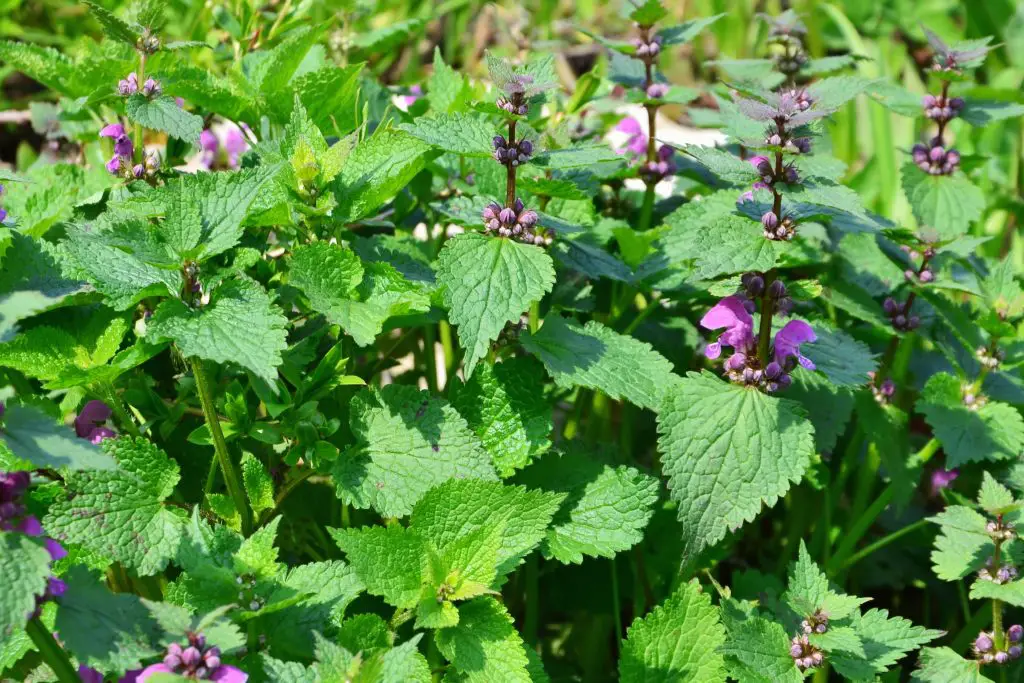Henbit (Lamium amplexicaule) and purple deadnettle (Lamium purpureum) are winter annuals that produce seeds and flowers in the spring. While both plants are regarded as weeds for their aggressive growth habit, both of these plants, members of the mint family, are essential food sources for pollinators like bumble bees and honey bees. Both henbit and purple deadnettle also produce purple flowers and are frequently seen growing together. Although related, these are differences between these close cousin plants.
What’s the Difference Between Henbit and Purple Deadnettle?
In spite of the similarities between henbit and purple deadnettle, there are several distinctions to look for when trying to identify these plants. For one, henbit’s purple flowers are pink or purple with darker spots than those of purple deadnettle. Purple deadnettle’s flowers are not as slender or long as henbit’s flowers. Another way to note the difference between these winter annuals is that the leaves of henbit are rounded and have scalloped edges while the leaves of purple deadnettle are slightly triangular.
What Are the Similarities Between Henbit and Purple Deadnettle?
Since both henbit and purple deadnettle are members of the mint family, they share many traits. Both plants produce tubular-shaped purple flowers and provide pollen and nectar for pollinators like bumble bees and honey bees in early spring. Both of these plants also share a similar life cycle, germinating in fall and dying, flowering and laying seed in early spring, and dying by late spring or early summer. Both plants also thrive in nutrient-rich soil that’s been disturbed. They prefer some shade, cool temperatures, and plenty of rain.
What Is Henbit?
Henbit (Lamium amplexicaule) is an edible winter annual that gets its name from chickens and their preference for eating it. It has a low-growing, somewhat sprawling growth habit. Henbit grows from a shallow taproot and forms a green square stem, but the stem may turn purple as the plant matures. Some people purposely plant henbit because it provides low-maintenance ground cover that’s helpful for erosion control. Its purple flowers also add attractive color to landscapes.
Even so, henbit can spread quite aggressively. A single plant can produce roughly 2,000 seeds. Additionally, the plant’s roots can also give rise to new plants. In addition to lawns and flower beds, henbit can frequently sprout along roadsides and fields.
To identify henbit, look for its rounded heart-shaped leaves that are situated in opposite pairs. Leaves feature a slightly wrinkled look because the veins on the upper side of the leaf are recessed. Henbit leaves are green; upper leaves grow more closely together than the lower leaves. The plant produces pink-to-purple flowers that, when open, resemble a small orchid in bloom. However, the flowers are distinctively tubular in shape.
Henbit square stems, leaves, and flowers are all edible. People drink henbit tea for its medicinal qualities, which are said to include anti-rheumatic and laxative properties. Although a member of the mint family, henbit does not produce a strong mint fragrance or flavor. Some people liken its taste to kale.
To control henbit, focus on maintaining a thick, healthy lawn, which makes it tough for henbit, deadnettle, and other weeds to invade it. To prevent a henbit outbreak, apply a pre-emergent herbicide in either late summer or early fall; this will prevent seeds from germinating. You can also apply a post-emergent herbicide when the plants are actively growing.



What Is Purple Deadnettle?
Purple deadnettle, sometimes called purple archangel, features green triangular leaves; though upper leaves tend to have a purple tint until the plant ages. As mentioned, purple deadnettle produces purple flowers in spring. The flowers are small and have a tubular shape. Again, henbit’s flowers have darker purple spots. Like henbit, purple deadnettle plants grow on square stems and produce flowers and seeds in the early spring.
Purple deadnettle (sometimes written as dead nettle) has the botanical name Lamium purpureum. In Greek, this translates to something like “devouring purple monster,” which sums up the plant’s aggressive and invasive nature. Many mint family members are considered weeds because of their habit of spreading to where they’re not wanted–taking over lawns and garden beds with ferocity.
Purple deadnettle’s leaves are edible, but that’s it. Some people add leaves to salads or smoothies. The leaves are known to have astringent, anti-inflammatory, and anti-fungal properties.
Many people prefer chemical weed control to get rid of purple dead nettle. Apply a pre-emergent herbicide in late spring or early fall to prevent seed germination. You can use a post-emergent herbicide in fall or spring when the plants are actively growing.

Henbit vs Purple Dead Nettle FAQs
Are henbit and dead nettle the same plant?
No. Henbit and dead nettle are different plants. Because they are both members of the mint family, they share many similarities such as their square stems and purple flowers. They are also similar in appearance to other mint family plants like creeping charlie.
What is henbit dead nettle good for?
Some people choose to plant henbit and dead nettle for erosion control or as a low maintenance ground cover. However, both plants are invasive, so if you choose to plant them, do so with care. If they get a foothold in lawns and garden beds where they’re unwanted, they can be difficult to control.
Is henbit and dead nettle poisonous?
Henbit is edible, but only the leaves of purple dead nettle are edible.
Does purple dead nettle have look-alikes?
Yes, purple dead nettle resembles both henbit and creeping charlie, which are both members of the mint family.

